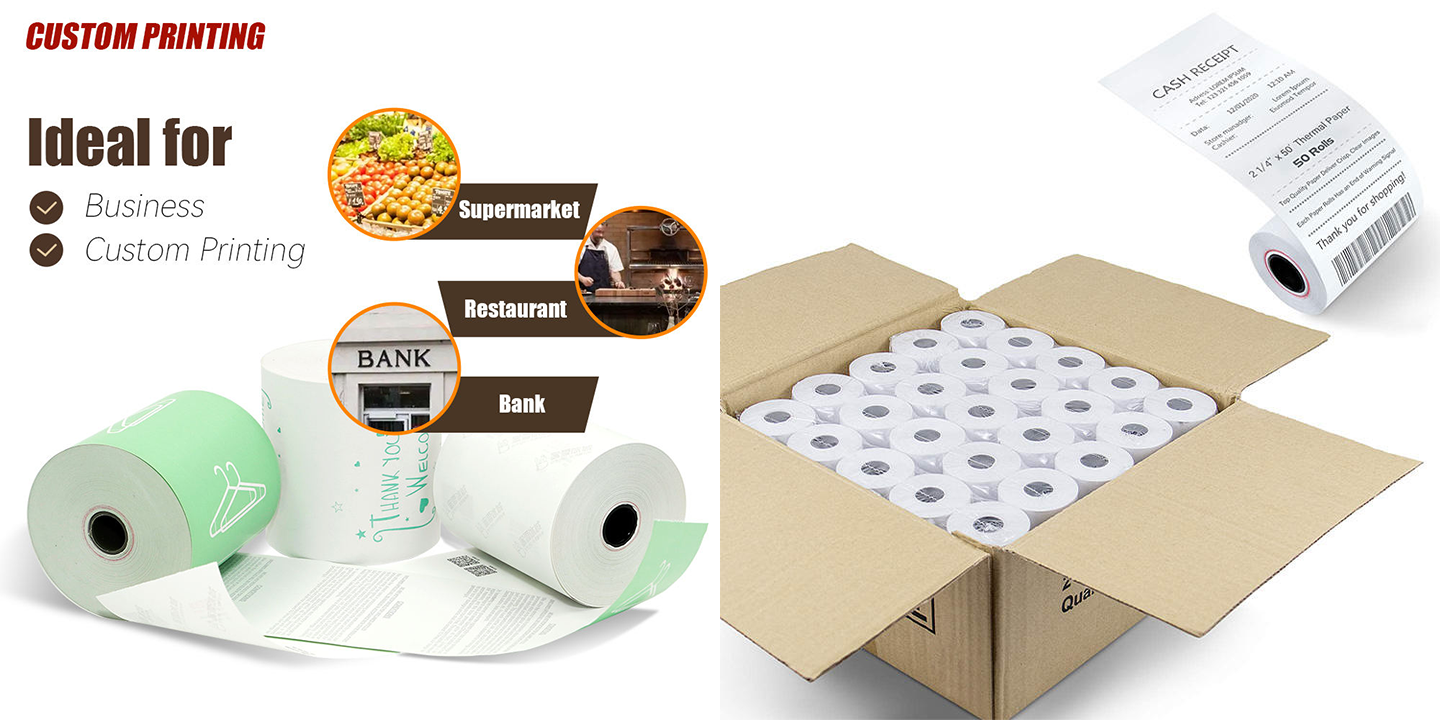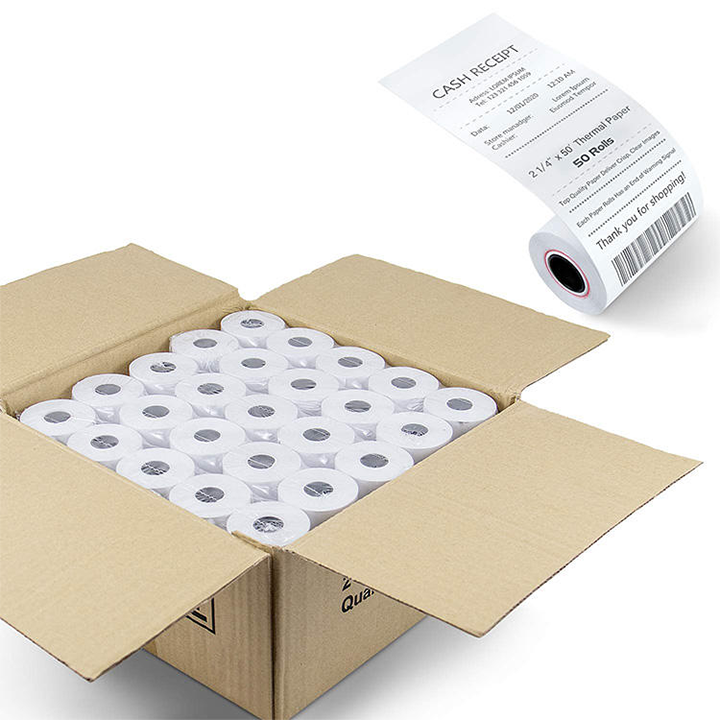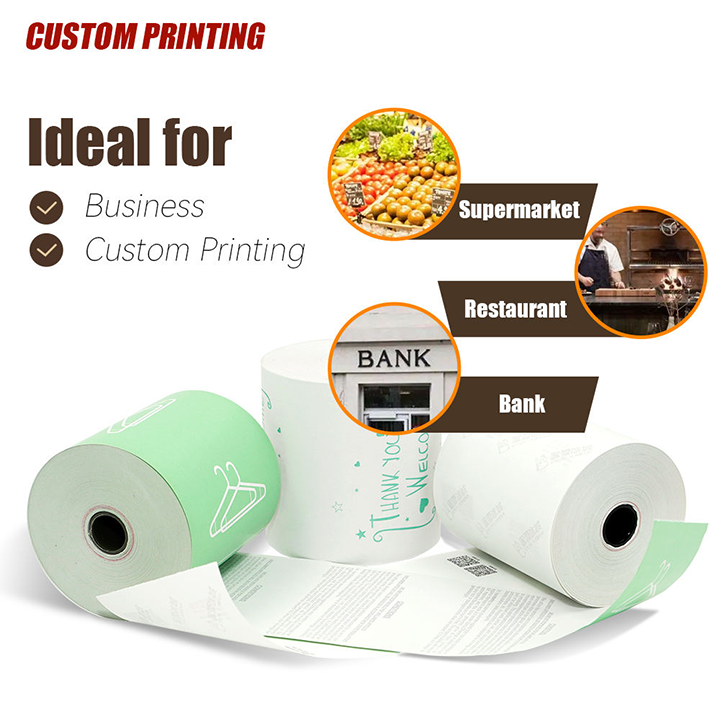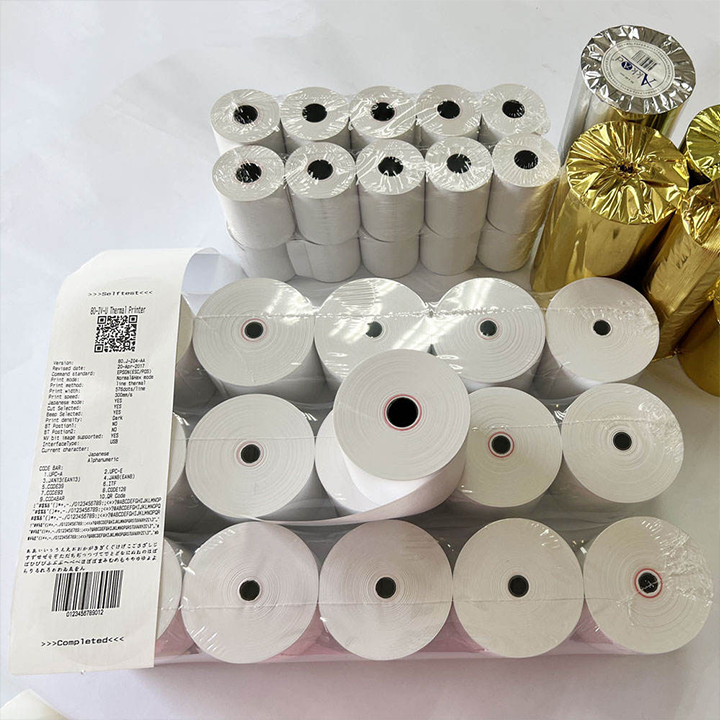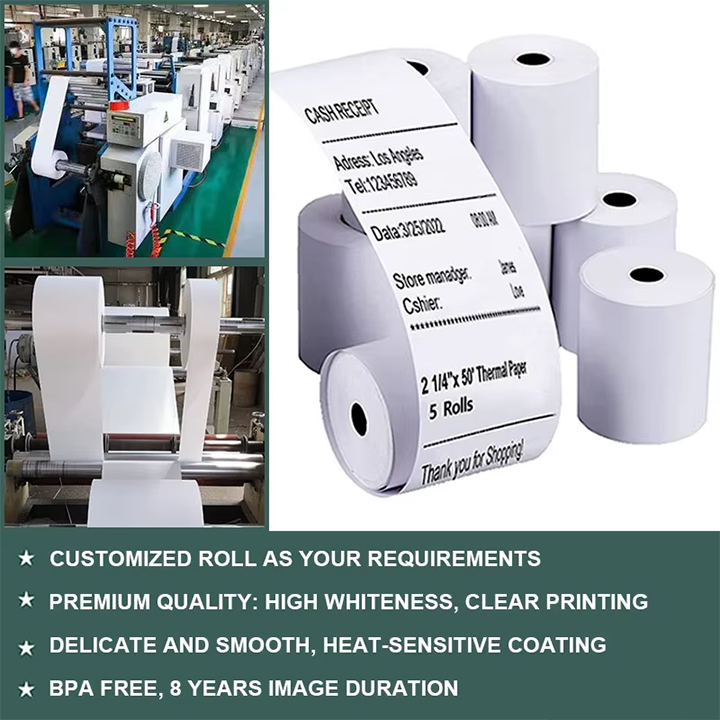Thermal paper is a specialized printing medium that has revolutionized numerous industries worldwide. This innovative paper utilizes heat-activated technology to produce high-quality images without the need for ink, toner, or ribbons. As thermal printing technology continues to advance, understanding the comprehensive benefits, applications, and specifications of thermal paper becomes increasingly important for businesses seeking to optimize their operations.
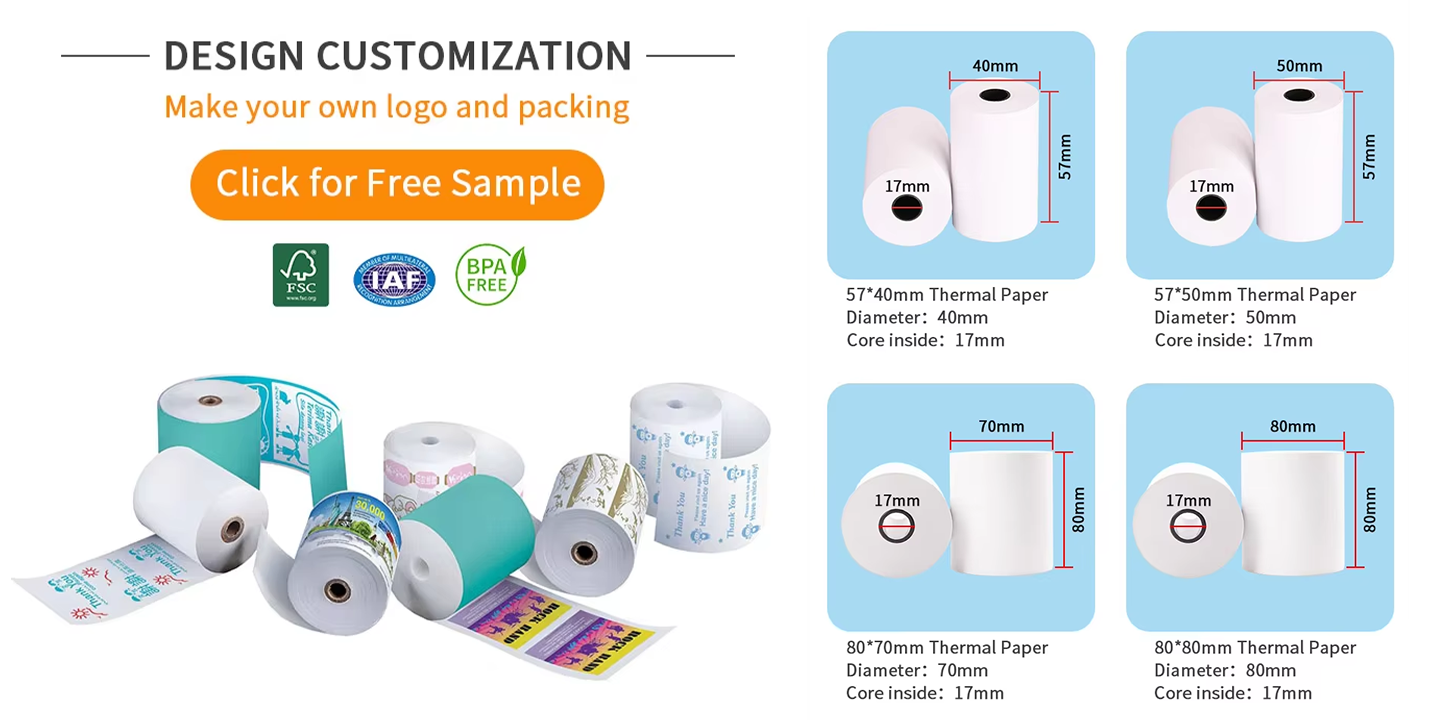
What is Thermal Paper?
Thermal paper features a special coating containing leuco dyes and developers that become visible when exposed to heat. This chemical reaction occurs when the paper passes through the thermal print head, creating sharp, clear impressions instantly. The simplicity of this mechanism makes thermal printing systems more reliable and maintenance-friendly compared to traditional printing methods.
Key Advantages of Thermal Paper
The inkless printing technology of thermal paper offers significant cost efficiency by eliminating ongoing expenses associated with ink cartridges, ribbons, and toners. This results in reduced maintenance requirements and fewer mechanical failures, ensuring higher operational reliability for businesses.
Thermal paper delivers exceptional print quality with high-resolution output that produces crisp, legible text and precise barcodes. This enhanced readability is crucial for applications requiring accurate scanning and long-term documentation. Modern thermal papers also feature improved durability with resistance to water, oil, chemicals, and UV light, ensuring that prints remain intact under various environmental conditions.
The printing speed advantage of thermal technology enables rapid processing, making it ideal for high-volume operations where time efficiency is critical. Additionally, thermal printers are generally more compact and lightweight than conventional printers, saving valuable space in retail and commercial environments.
Global Terminology and Variations
Thermal paper is known by various names across different regions and industries. Commonly used terms include direct thermal paper, thermal receipt paper, thermal roll paper, POS paper, thermal label paper, ECG paper, fax paper, and ticket paper. These variations reflect the diverse applications and specialized formats available in the market.
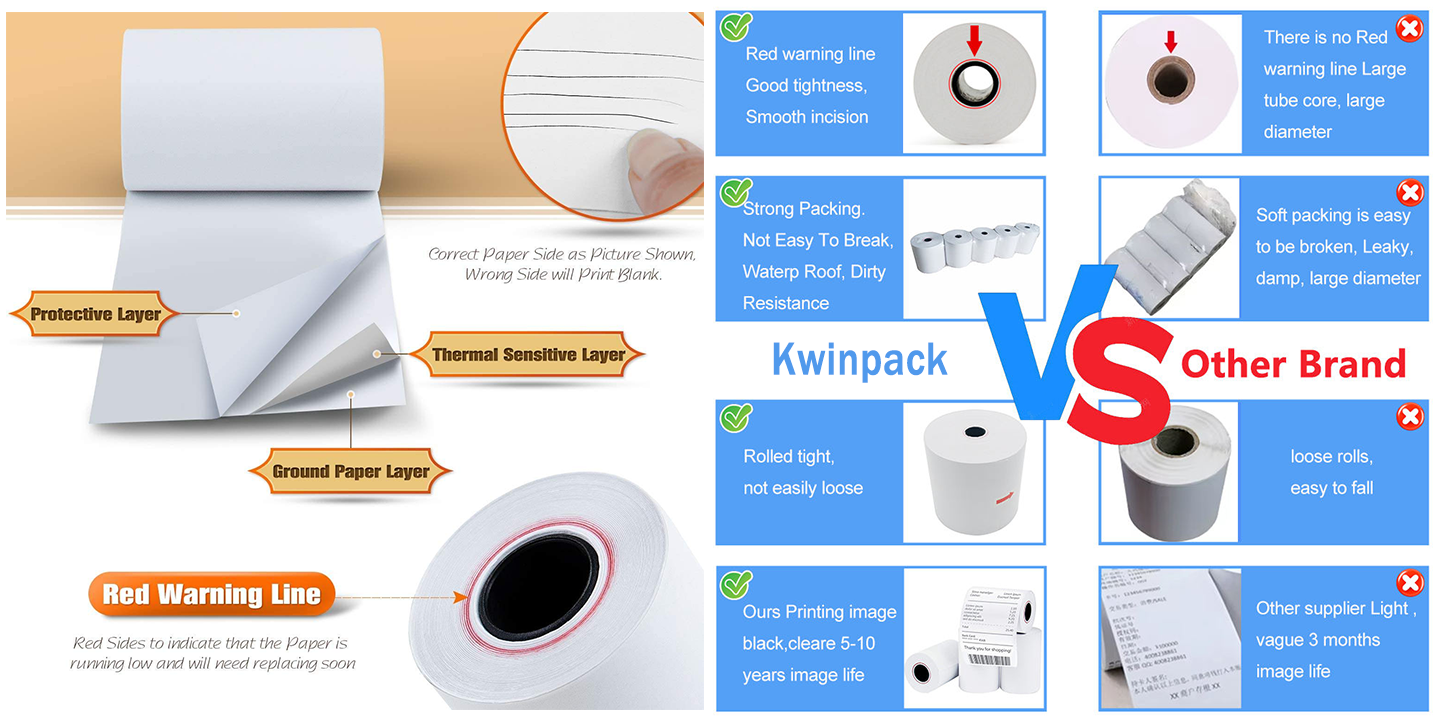
Comprehensive Applications Across Industries
1.Retail Sector: Thermal paper is extensively used for point-of-sale (POS) receipts, transaction records, and shopping receipts in supermarkets, restaurants, and convenience stores. Its ability to produce quick, quiet, and clean prints makes it perfect for customer-facing transactions.
2.Logistics and Shipping: The logistics industry relies heavily on thermal paper for shipping labels, package identification, barcode labels, and tracking information. The durability of thermal labels ensures that vital information remains readable throughout the shipping process.
3.Healthcare Industry: Medical facilities utilize specialty thermal papers for medical recording, ECG reports, patient identification, and prescription labeling. The high precision and reliability of thermal prints are essential for maintaining accurate medical documentation.
4.Transportation and Events: Thermal paper serves as the standard for boarding passes, event tickets, railway tickets, and admission tickets due to its security features and rapid printing capabilities.
5.Industrial Manufacturing: Manufacturing plants employ thermal paper for quality control labels, inventory management, safety documentation, and equipment labeling, where resistance to harsh conditions is necessary.
6.Financial Services: Banks and financial institutions use thermal paper for ATM receipts, transaction records, and banking receipts that require archiving and customer verification.
Technical Specifications and Considerations
When selecting thermal paper, several factors determine performance and suitability. Paper thickness typically ranges from 55 to 85 microns, with thicker papers offering enhanced durability. Standard roll diameters vary from 40mm to 80mm, accommodating different printer specifications. Print width options include 58mm, 80mm, and 110mm to match various application requirements.
Environmental resistance is a critical factor, with premium thermal papers offering protection against water, oil, plasticizer, and UV exposure. Archival quality varies significantly between products, with standard papers maintaining legibility for several months while premium archival-grade papers can preserve prints for up to 30 years.
The emergence of BPA-free thermal paper and phenol-free thermal paper addresses health and environmental concerns, providing safer alternatives for both users and the environment. Modern thermal papers also feature advanced coating technologies that enhance print darkness, improve image stability, and increase resistance to environmental factors.
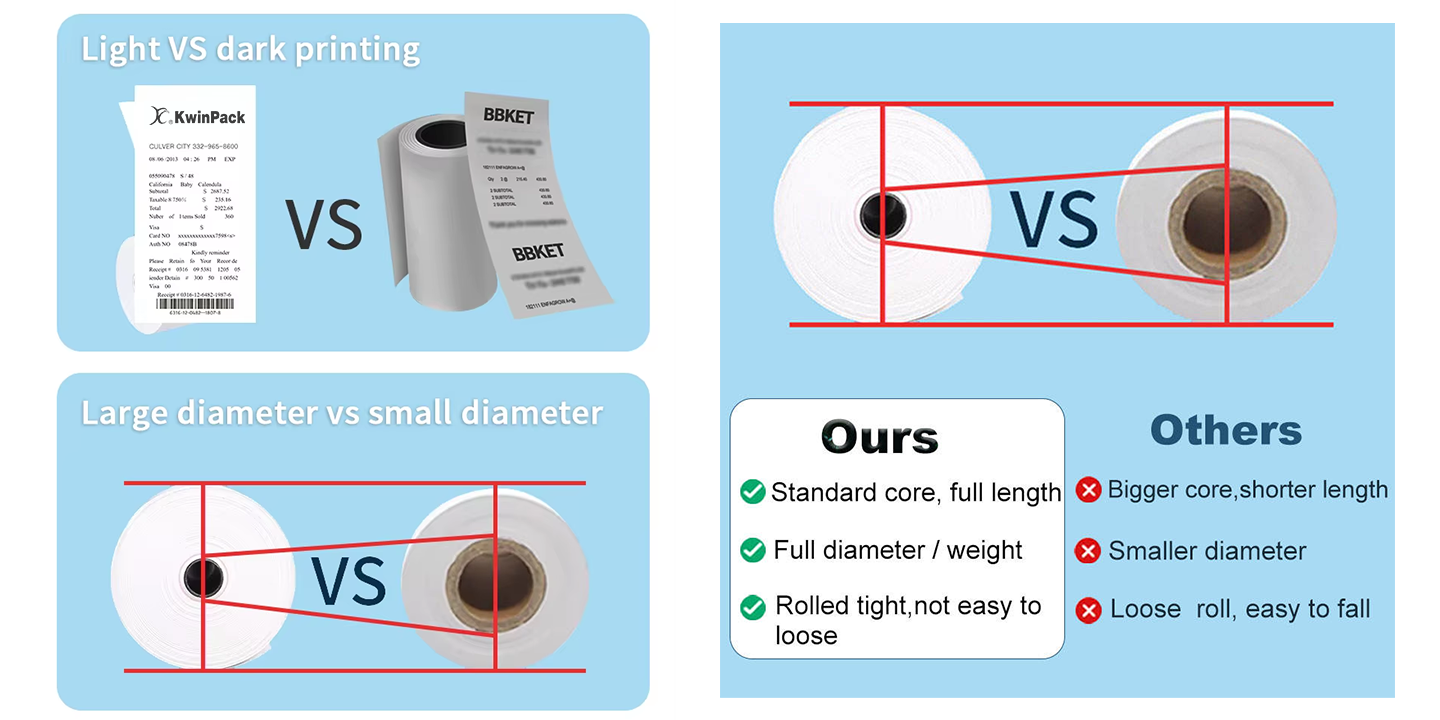
Why Choose Thermal Paper Over Alternatives?
Thermal paper provides distinct advantages over conventional paper in specific scenarios. For high-volume printing environments such as retail checkouts and logistics centers, thermal technology offers superior speed and efficiency. In mobile printing applications where portability is essential, thermal printers are lighter, more compact, and require fewer consumables.
For temporary labeling and documentation that doesn't require long-term archival, standard thermal paper provides an economical solution. In clean and sterile environments like healthcare and food service, the inkless nature of thermal printing eliminates potential contamination from ink residues.
The ease of use and minimal maintenance requirements make thermal systems ideal for operations with limited technical support. Additionally, the versatility of thermal media allows for customization, including pre-printed logos, sequential numbering, and special coatings for specific applications.
Conclusion
Thermal paper represents a sophisticated printing solution that combines efficiency, reliability, and cost-effectiveness. Its diverse applications across retail, logistics, healthcare, and transportation demonstrate its versatility and operational value. As technology continues to evolve, thermal paper remains at the forefront of printing innovation, offering businesses a practical and sustainable solution for their documentation needs. When selecting thermal paper, consider the specific requirements of your application, environmental conditions, and durability needs to ensure optimal performance and customer satisfaction.
